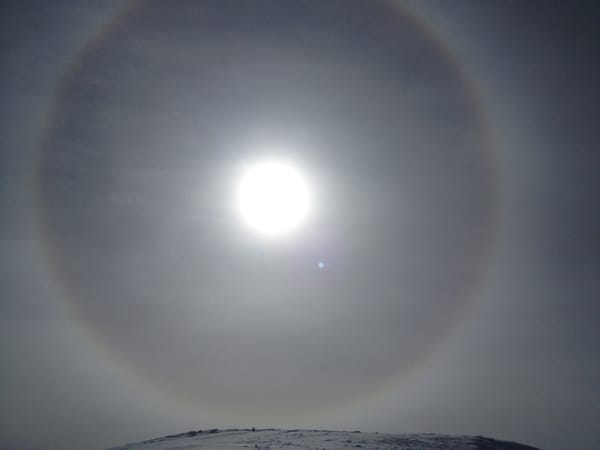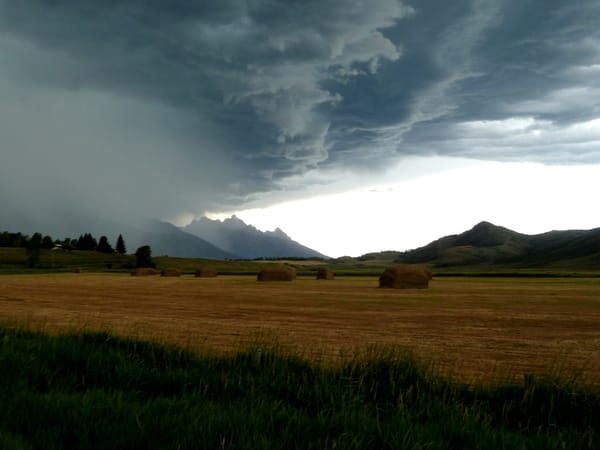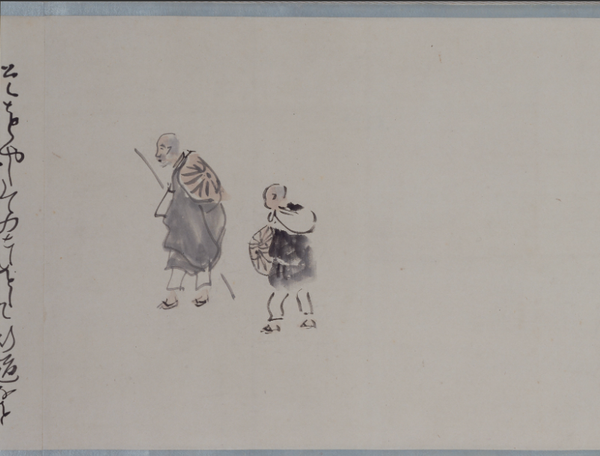"It's Worth it...It's Worth the Final Smash-up"

I begin this meditation with an excerpt from my January 5, 2010. avalanche forecast.
There is a beautiful book, written by the French aviator Antoine de St. Exupéry, called Wind, Sand, and Stars. Part of it details a time when his plane crashed in the Libyan desert. I think it was 1935. With little water between them, it wasn’t long until he and his navigator began experiencing visual and auditory hallucinations. Mirages appeared on the landscape, though they were always just out of reach.
St X and his navigator Prévot buried themselves in sand to ward off the cold. They leaned closely against their broken red and white Caudron C.630 The Simoun. Thoughts floated by of drinking antifreeze, of ending it all with a bullet. Mirages…
They were later saved by Bedouin tribesmen.
Years later, Exupéry’s plane disappeared over the Mediterranean. It was July 1944.
(Many people mistakenly view Antoine de St. Exupéry as a children’s author, his most famous work being Le Petit Prince, The Little Prince. But he was far more than that. He was an aviator, a philosopher, and a writer with keen insight into living a whole and fulfilled life.*)

the wrecked Simoun
Henri Guillaumet was a colleague of Exupéry’s, flying the mails through the mountain passes of the Andes. On his 92nd traverse through the range, his plane went down in the alpine near Mendoza. “Thinking only of his wife,” he walked for a week over three mountain passes to safety. He relayed to Exupéry afterwards...What I have done, I swear to you, no animal would have done.
His plane was later shot down November 1940 over the Mediterranean.

Aéropostale pilots Victor Etienne, Jean Marmoz, Henri Guillaumet
Perhaps the most celebrated French pilot of the time was Jean Mermoz. Like the other aviators, he braved sandstorms, west African tribesmen, engine failure. Most importantly, Mermoz pioneered night flight, routes from Africa to Argentina, routes across the Andes. In 1929, turbulence high along the Andean corridor slammed Mermoz and his mechanic onto a high plateau. Stranded for three days without food or water, Mermoz and Collenot made the repairs and prepared a runway. Off the edge of a cliff. They pushed off.
Nose down, full throttle, they managed to coax the engine to life and back to safety. With this escape, Mermoz’s Myth of Indestructability was born.
Full of life, Mermoz declared, It's worth it…it's worth the final smash-up. Six years later, on a flight from Dakar to Natal, Dakar heard a transmission, “Cutting right rear motor.” Then nothing.

But to bring things back to home. In 2012, Kristensen, Genswein and Munter presented a paper at the International Snow Science Workshop in Anchorage, Alaska, Perception of Risk in Avalanche Terrain. One of the significant takeaways is, really, what any insurance actuary might tell us: with enough exposure to risk, #somethingbadhappens. Usually.

Their calculations accommodate exposure and risk threshold. For example, a professional mountain guide operating “close to the limit” working 100 days a year for 20 years and then 30 days per season for 20 years has a 1 in 20 chance of getting the axe.
Which brings us back to the important questions.
- What makes life rich, whole, fulfilled? …and to what end?
The thing is that we already know the end. Is it worth that final smash-up?
Mermoz confided to Exupéry, For us…an accident would be to die in bed.
Perhaps.
❄️
Three weeks after writing that avalanche forecast, I am caught and carried in a very large avalanche in Yellowjacket Gulch. In short, I underestimated the power of a hard slab overlying depth hoar on a 22° slope connected to a steep slope below. It yanked the rug out from underneath my feet. The avalanche was 3-5' deep and 500' wide. After grabbing and getting ripped off one tree and then another, I ended up on top of the avalanche debris. My only thought was that I couldn't be late to pick up my seven year old son from school.




